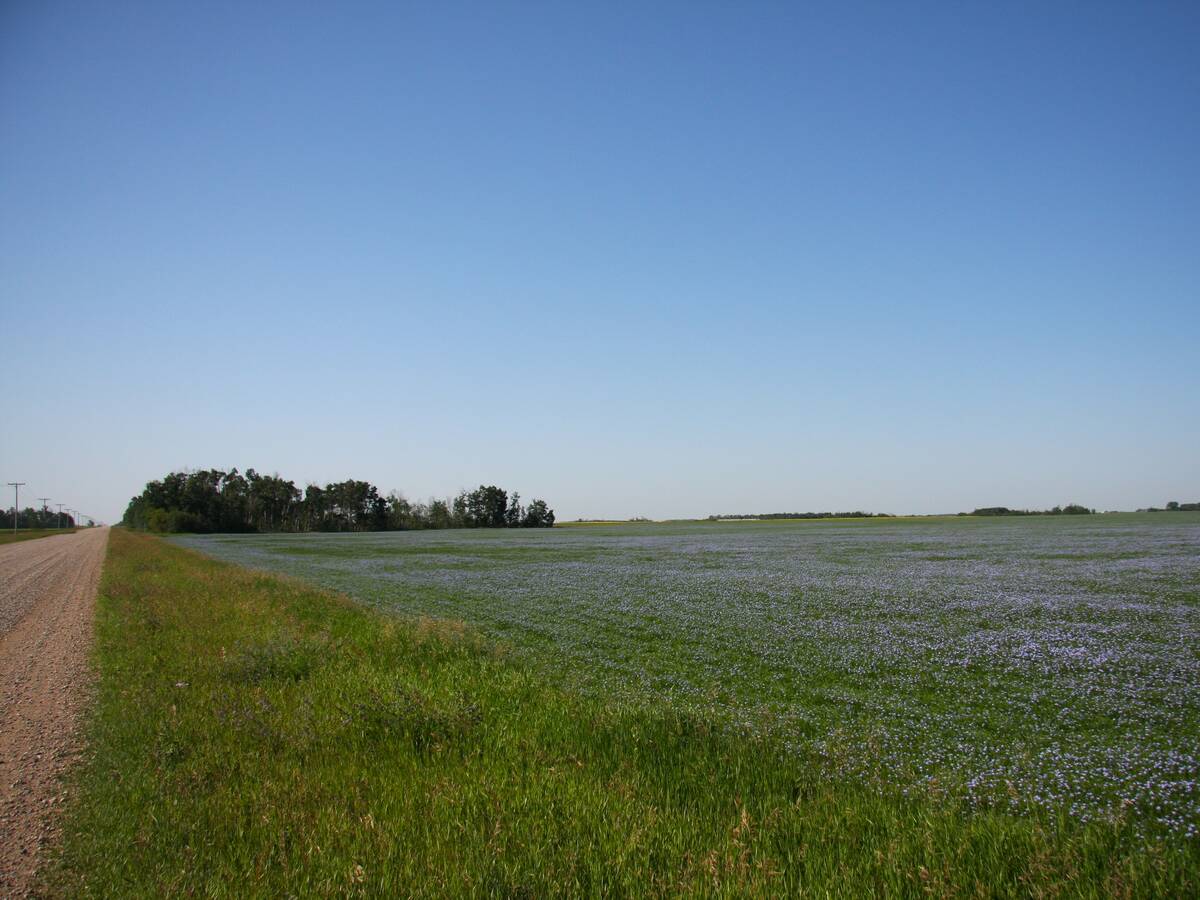WINNIPEG (Reuters) — Germany’s K+S AG will crack into the U.S. fertilizer market this spring when it opens the first new western Canadian potash mine in nearly five decades.
However, the fifth-largest global potash seller faces a stiff challenge before it makes a single delivery: where to store the pink granular nutrient until farmers need it.
PotashCorp, Agrium and Mosaic already dominate the U.S. market for potash. It’s also saturated: potash prices are near nine-year lows.
Not only do these market leaders have an ample supply of potash, they also boast a string of warehouses built strategically across the Midwest, where they can quickly distribute their product to U.S. farmers, who have a narrow window every spring to fertilize.
Read Also

Farmland advisory committee created in Saskatchewan
The Saskatchewan government has created the Farm Land Ownership Advisory Committee to address farmer concerns and gain feedback about the issues.
K+S, which opened its Legacy mine this month in Saskatchewan, said it is still in the “planning phase” of a warehouse network with Koch Industries Inc., which will sell K+S potash in the United States under a marketing agreement.
K+S spokesperson Michael Wudonig said the company is confident it will find sufficient storage.
Investors don’t have a clear understanding of K+S’s missing warehouse link as it opens Legacy, according to analyst Charles Neivert, who covers the fertilizer industry at Cowen.
“How are they going to get into a U.S. market that effectively is grossly over-supplied already and isn’t growing? Where are they going to find room to put the (potash)?” Neivert said.
K+S’s success in distributing potash has big market implications, given there is already a glut of global capacity. Even more potash from Legacy will threaten a modest price recovery seen so far this year.
Since K+S broke ground on Legacy, U.S. potash prices have fallen roughly in half to around $250 per tonne, according to data published by BMO.
Potash Corp, Agrium and other potash players dominate the U.S. market by leveraging their own warehouses and longtime leases with others to position potash for just-in-time application by farmers.
The alternative is relying on the 10- to 14-day railway trip for potash to move from mines in Saskatchewan to buyers in the Midwest and northern Plains.














